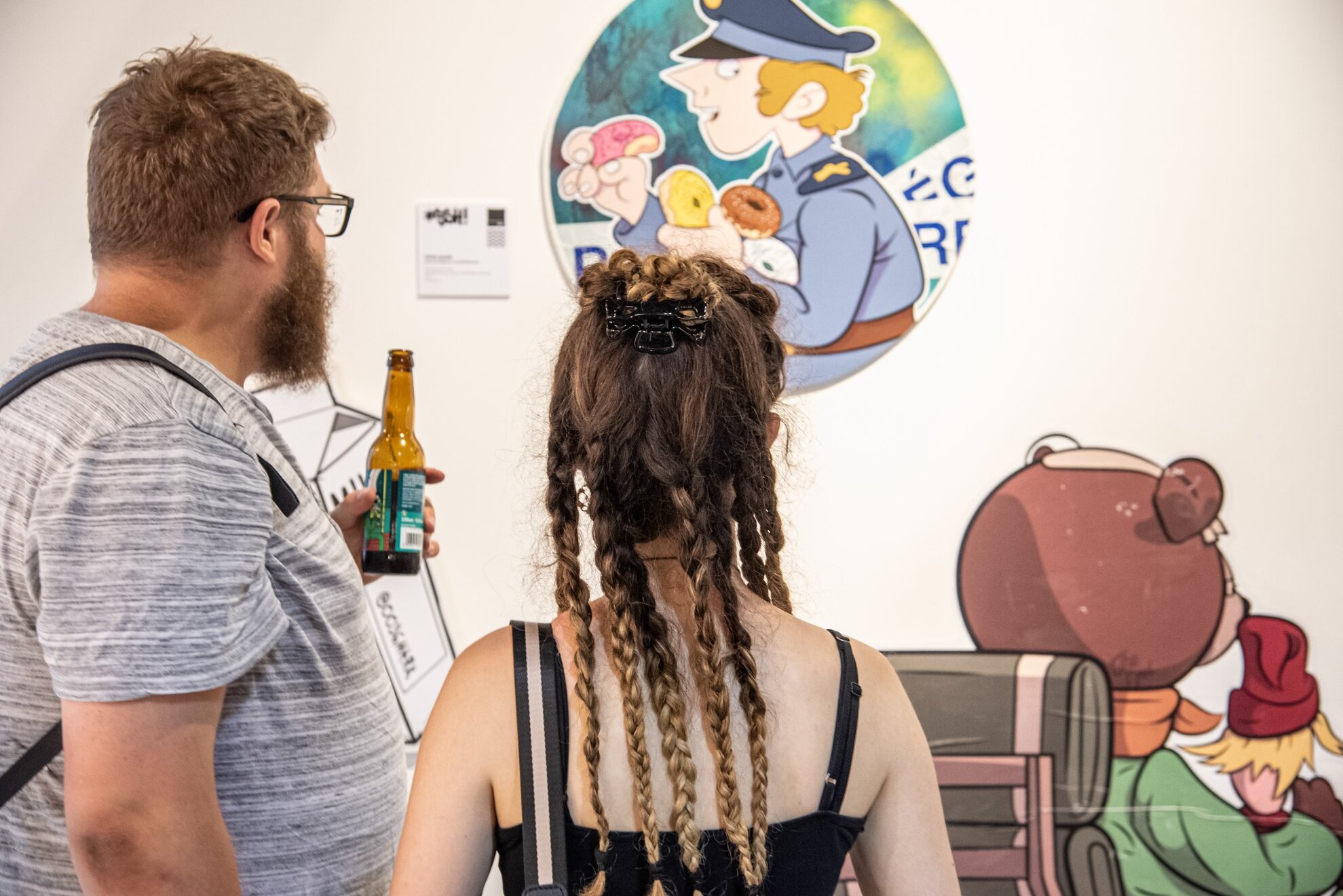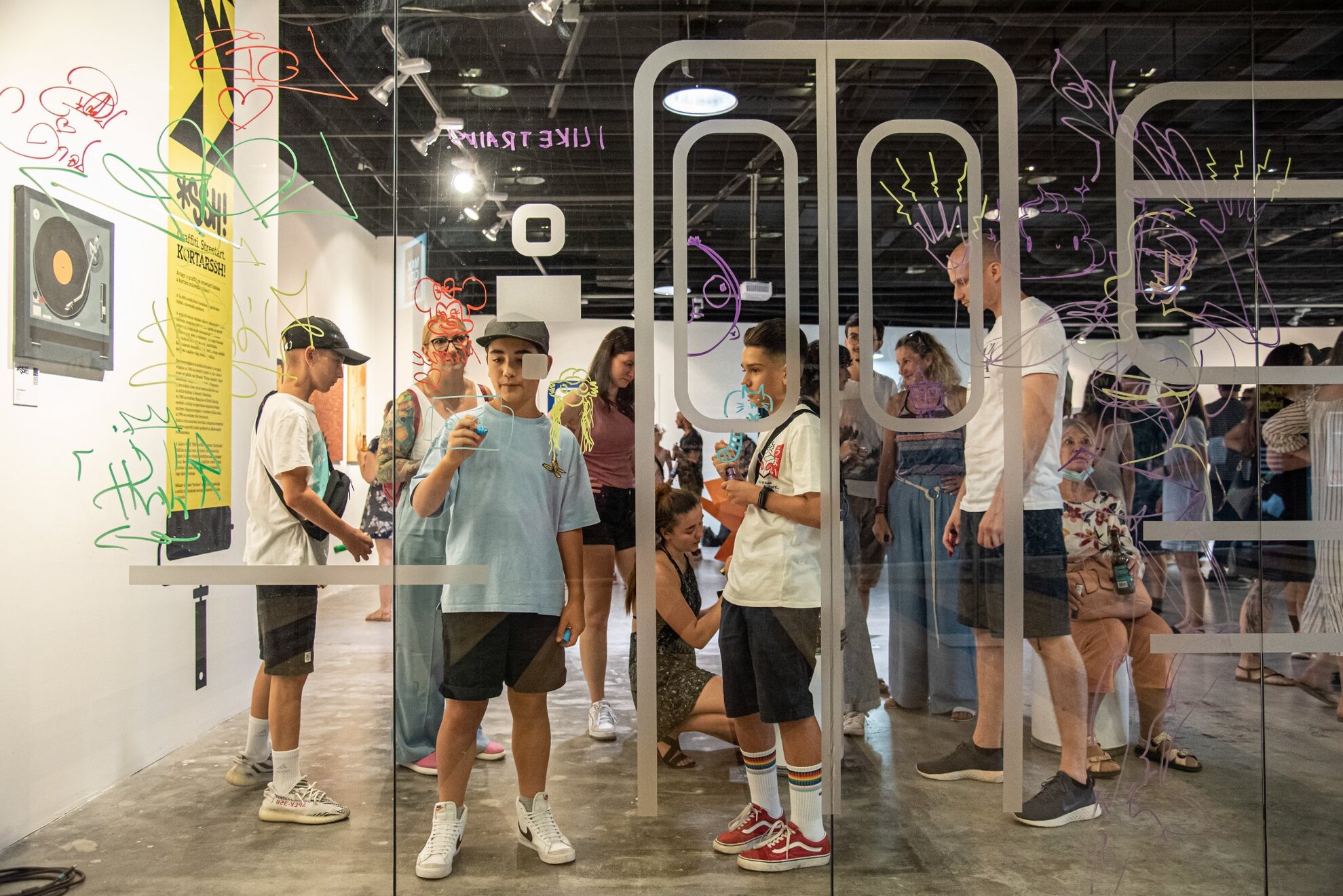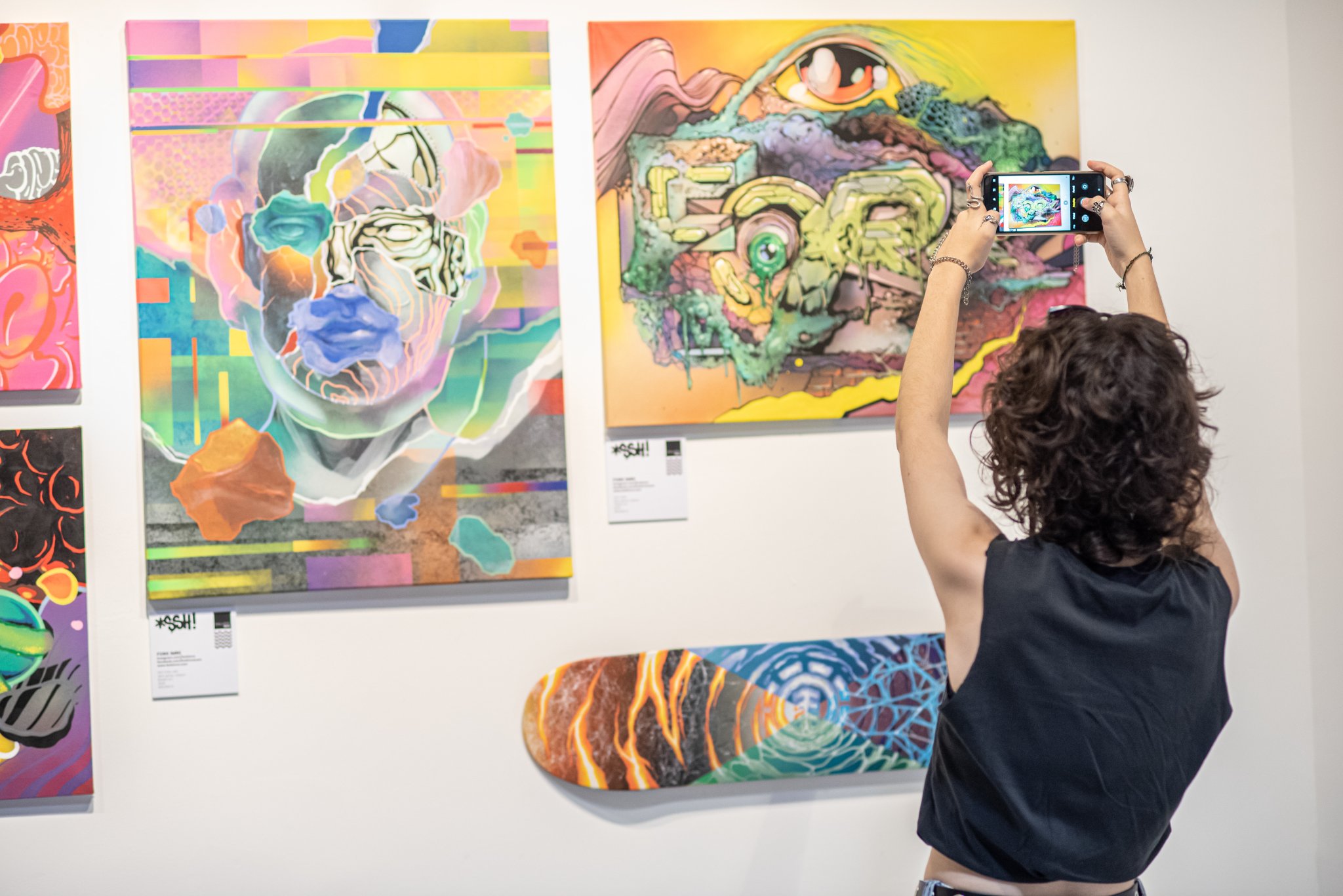Graffiti spread as a fashion phenomenon and a subculture from the 1960s, although there was street art in Ancient Rome and Hungarian photographer Brassaï captured pre-war French murals in his collection, Paris by night.

In the 1980s, Basquiat and Keith Haring raised the genre to the level of fine art. In Hungary, graffiti’s heyday came after the régime change of 1989. Ever since, it has had a continuous and reciprocal relationship with the fine arts, and a great influence on the applied arts as well.
Running until 20 October, the exhibition SSH! Graffiti. Streetart. Kortárssh. at Gallery MAX deals with this urban phenomenon, demonstrating how an instinctive adolescent rebellion became art.

Among the exhibitors are Hungarian artists such as Márton Árvay (Trans One), Dániel Blik, Imre Fork, Rapa 73, Soopercrapz, Balázs Tóth and Void. Their work is presented not in chronological order or by theme, but the curators have used their own judgement to select the artefacts from the vast material, thereby also pointing out the aesthetic diversity of graffiti. Hungarian speakers can also follow the stories attached to some items for a deeper dive into this contemporary visual culture.
Event information
SSH! Graffiti. Streetart. Kortárssh.
Gallery MAX
Open: Until 20 October Mon-Sat 10am-8pm, Sun 10am-7pm
Location: MaxCity, 2nd floor, outlet 213
2045 Törökbálint, Tópark utca 1A
Transport: Train every 30 minutes from
Budapest Déli station to Törökbálint, journey time 15 minutes. Single ticket
310 forints.




